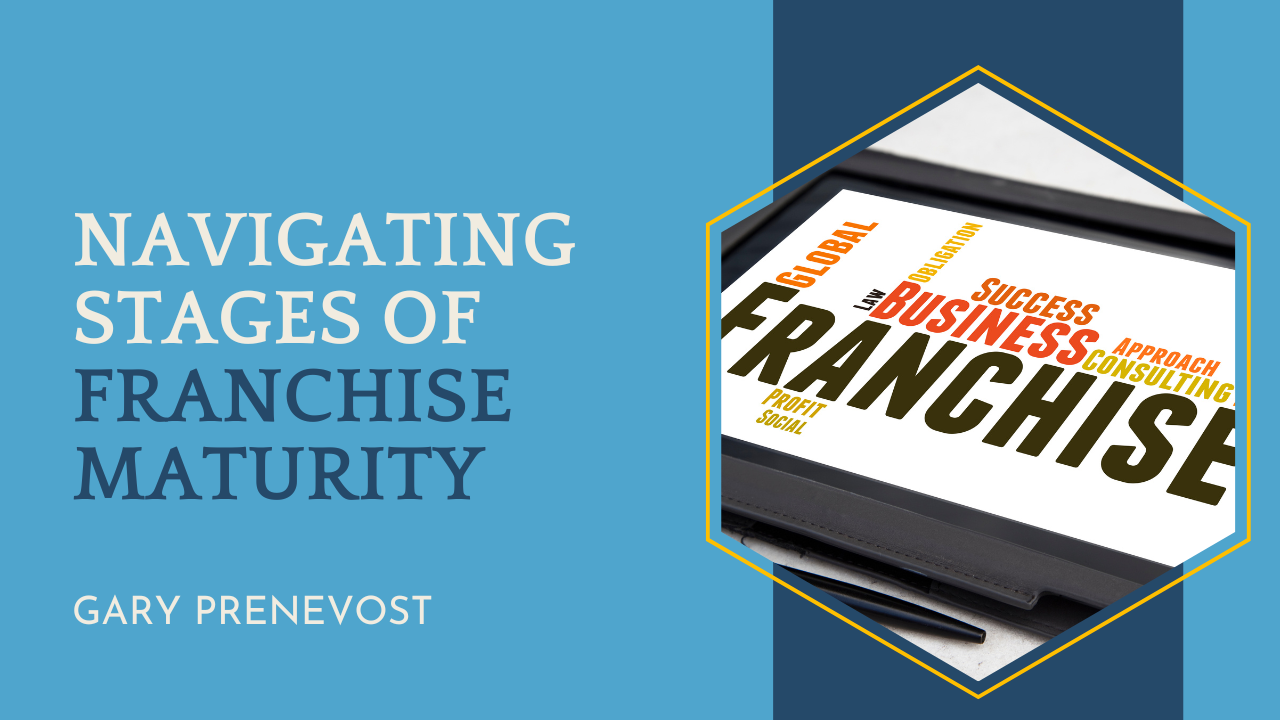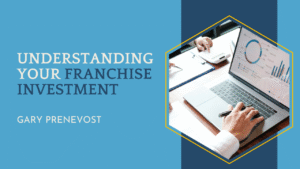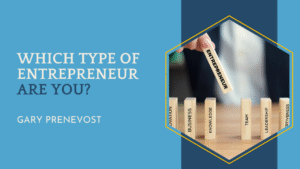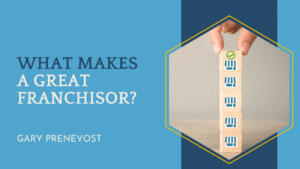You’ve got strong operations, support, supply chain, and very strong initial and ongoing training to help you get started and get going.
We’re talking about the four stages of franchise maturity and how buying a franchise mitigates risk. Previously, I discussed stages one and two. Today, we’re going to talk about stages three and four, the maturity of the franchisor.

Brand Strength and Evolving Operations
In stage three, we’re talking about mainstream franchise systems. This is where the franchisor has a very strong presence in the market. They typically have 75 to 200 franchisees across multiple markets and operate in various conditions. At this stage, they have top-of-mind brand awareness and have built a strong brand. Their strong systems and processes have evolved over time and constantly help franchisees get better. These improved systems drive better sales and better market presence.
You will also have a robust leadership team in place. This includes a strong marketing team to help drive customers to you and strong operations support, supply chain management and ongoing training to help you get started.
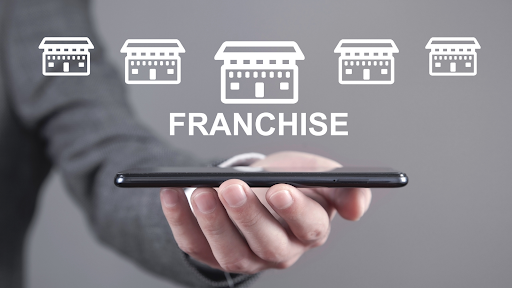
The Drawbacks of a Mature Franchise System
The primary disadvantage of this type of maturity level is that they are in a lot of places and there’s less opportunity to get the optimum spot (because there are not a lot of open markets remaining). Usually, as the brand grows, people jump in and get what they think are the best markets first.
Also, sometimes the brands are starting to get set in their ways. You’re more of a number as far as the franchise system goes, as opposed to in the earlier days, you have more of a voice as you’re helping to shape the franchise system.

The Global Expansion Challenge and Unique Hybrid Opportunities
In stage four, we see franchisors with 200 or more franchisees, and sometimes as many as 500 or even 1,000 franchisees, both within the continent or even around the world. These brands have all the advantages that stage three franchisees have, including a proven system, strong brand, processes and leadership.
But they’ve got a couple of disadvantages. Even more challenging is finding the right location, because there are a lot more franchisees. But stagnation can creep in as the franchisor gets set in its ways. They don’t listen as much to franchisees, so that’s something to watch for.

Hybrid Franchise Opportunities
Finally, there’s a unique scenario we call “hybrid,” where a franchisor might be mid-market mature, or even late-stage emerging in one country and then going into another, like from Canada to the U.S., or vice versa.
Here, you get the emerging market opportunity, but with more mature systems and processes. Sometimes those are the most unique opportunities available. I’d love to get into this with you in a one-on-one conversation. Book a call now.
Originally posted on LinkedIn

